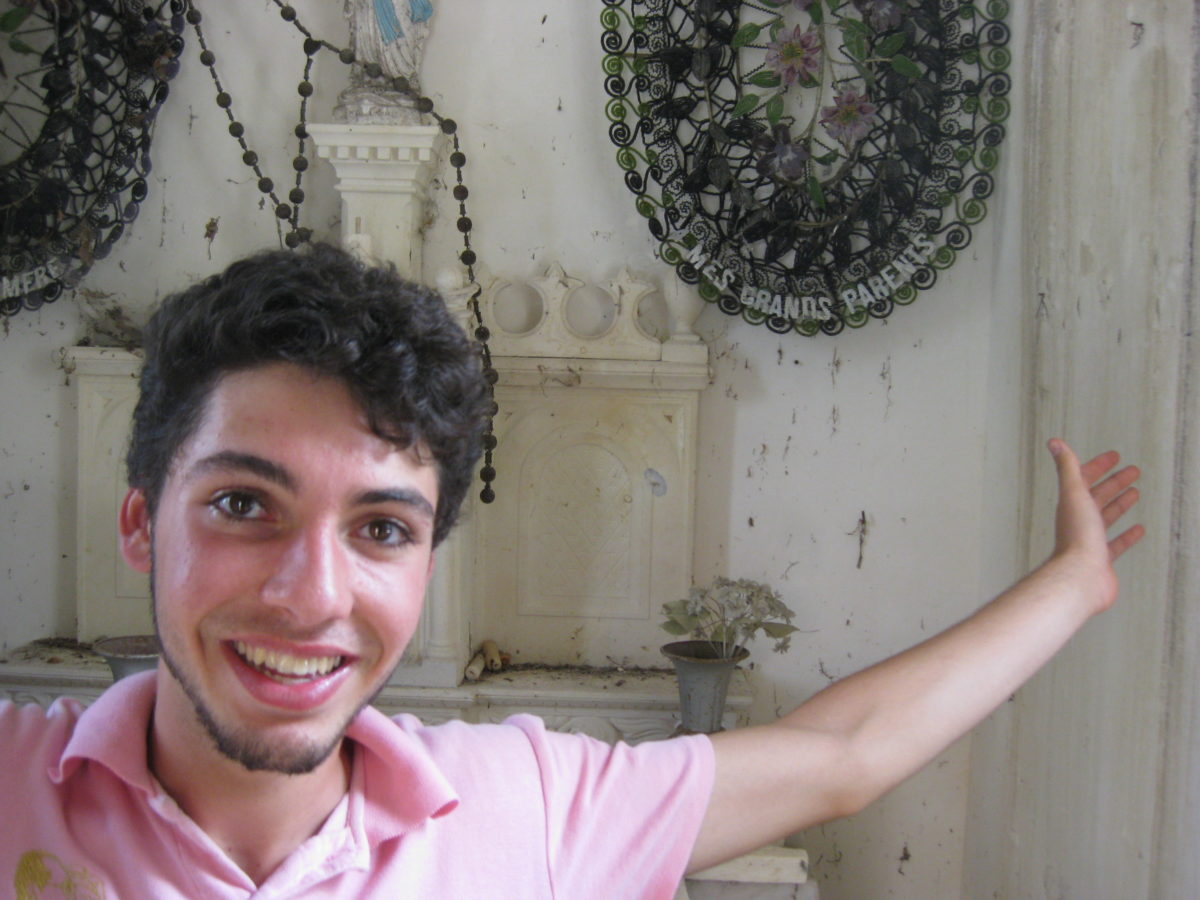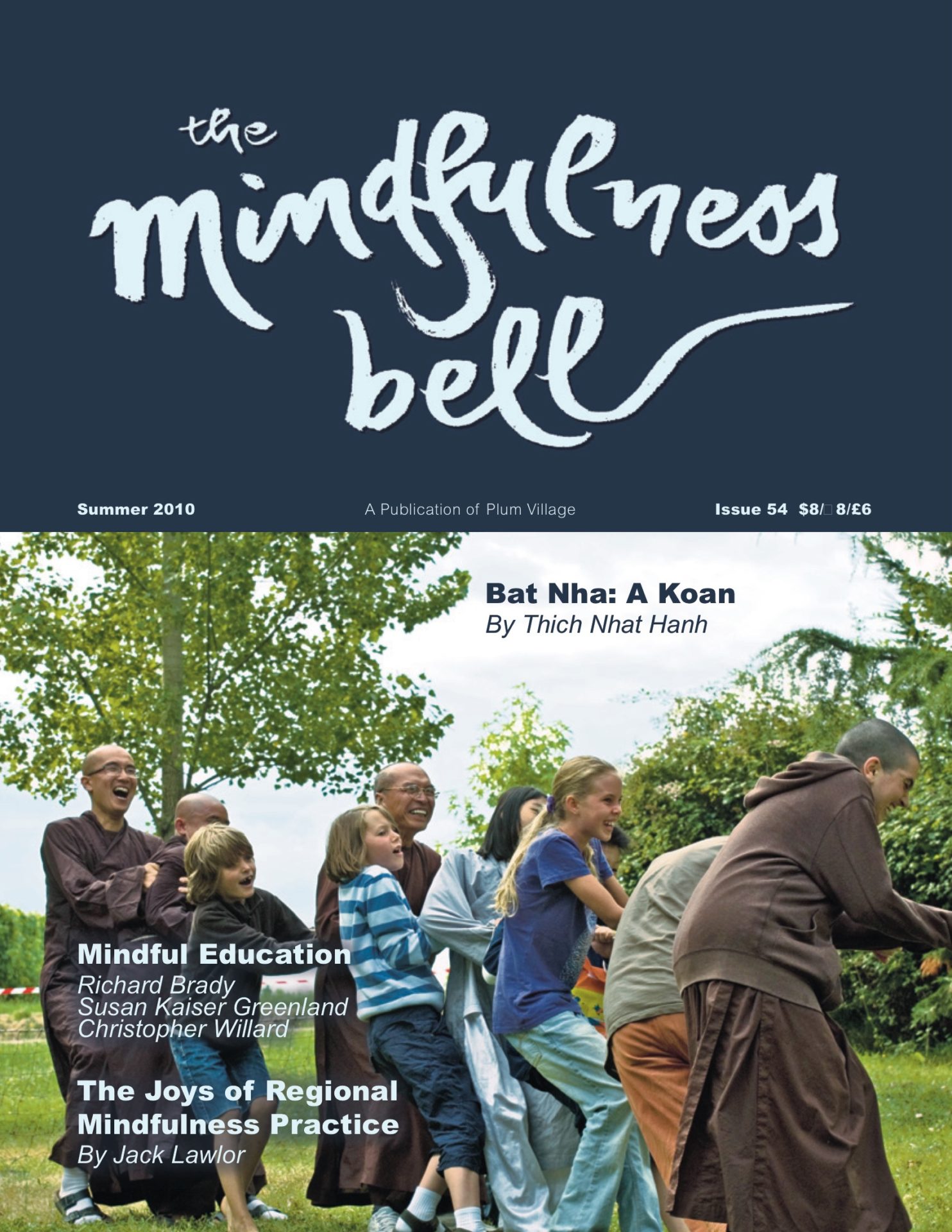ADHD and Mindfulness Activism
By Armen Kassabian

In elementary school I was diagnosed as being Emotionally Disturbed (ED) and Learning Disabled (LD), and having Attention Defi Hyperactivity Disorder (ADHD). I was kicked out of school twice and had interactions with the law due to impulsive behavior. My first experience with paying attention to the present moment occurred at the First Unitarian Church in Worcester,
ADHD and Mindfulness Activism
By Armen Kassabian

In elementary school I was diagnosed as being Emotionally Disturbed (ED) and Learning Disabled (LD), and having Attention Defi Hyperactivity Disorder (ADHD). I was kicked out of school twice and had interactions with the law due to impulsive behavior. My first experience with paying attention to the present moment occurred at the First Unitarian Church in Worcester, Massachusetts. At weekly mindfulness meditation group meetings I noticed how the practice of paying attention to my breath helped me gain selfcontrol. I also spent time in Plum Village, where a fellow meditator said he saw a lot of growth in me, and noticed that I had calmed down greatly.
As a hyperactive young man I was deeply affected by mindfulness practice. Practicing mindfulness with my breath, thoughts, and body during my freshman year at college, I noticed that my impulsiveness and emotional reactivity were not as severe as they had been before. I began to realize that my ailments, once debilitating, were directly soothed by mindfulness practice. I learned to sit with my experiences, accept them, and work constructively with them rather than fight with them. Mindfulness had an immense impact on my concentration and emotional stability.
When I biked to my meditation group every week, I would pass the most socially unstable areas in the city, where drugs, gangs, prostitution, and homelessness were rampant. I wondered how inner city kids could benefit from mindfulness, which isn’t only a middle class luxury but is for everyone. With the mounting stresses at college, I knew I had to integrate mindfulness into my life more fully, so I designed a major called Contemplative Practice in Education at Clark University. My main focus was teaching mindfulness-based stress reduction skills (developed by Jon Kabat-Zinn) to inner city students and students with ADHD.
I am a product of the ADHD generation, which views Ritalin as the primary solution to achieving higher standardized test scores and more obedient students. The long-term effects of overprescribing drugs like Ritalin are still unknown and may prove to be negative, especially during the sensitive developmental stages of childhood. Drugs can debilitate a person’s sense of awareness, shut down parts of the brain, and make one dependent on them to achieve a sense of well-being.
Mindfulness meditation, on the other hand, allows a person with ADHD to strengthen their innate capacity to slow down, and to become more aware of thoughts, emotions, and actions, integrating all parts of the brain. It’s been shown that mindfulness practitioners can rewire their neural pathways over time. Mindfulness can empower one to make more conscious choices, access inner resources, and gain confidence in the ability to focus. Instead of being dependent on a drug for well-being, practitioners learn to regulate themselves.
Inner city children with ADHD did not have the resources that I had had to find safer, more natural forms of treatment than Ritalin prescriptions. In order to help inner city children learn new ways to reduce behavioral problems, I used a grant from the Worcester Cultural Coalition to teach an after-school program called Citizen Schools. The grant allowed me to teach the art of mindfulness to at-risk high school students who had been kicked out of school. Later, in the Dominican Republic, I taught meditation and yoga classes for first graders, many of whom were hyperactive and aggressive. All three classes aimed at teaching stress reduction skills to young people.
My journey into mindfulness has empowered me to know that ADHD and ED are not lifelong ailments. Instead, they are conditions that can hinder my performance in school, relationships, or work if I do not regularly practice and strengthen my inner capacity for stillness, calmness, and focus. My spiritual practice has empowered me to pursue social action through inner transformation. I believe that inner change is social change and becomes community change. I am committed to sharing mindfulness with young people with ADHD, and those from inner city environments, as an alternative to pharmaceutical drugs. This desire for social justice has come from the roots of the practice that have flowered in my own life and the lives of others around me.
Armen Kassabian graduated from Clark University in 2009 with a major in International Development and Social Change, Spanish, and Contemplative Practice in Education.He practices with Empty Hand Zen Center.

